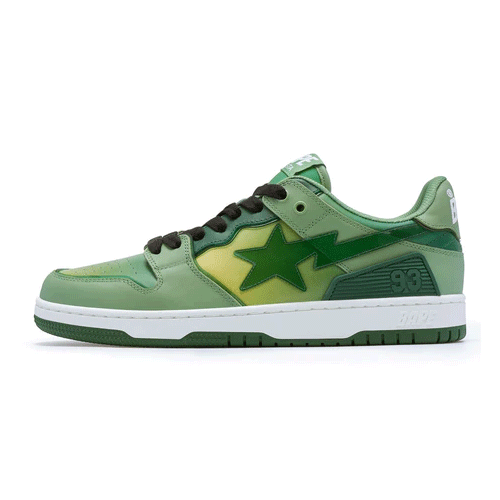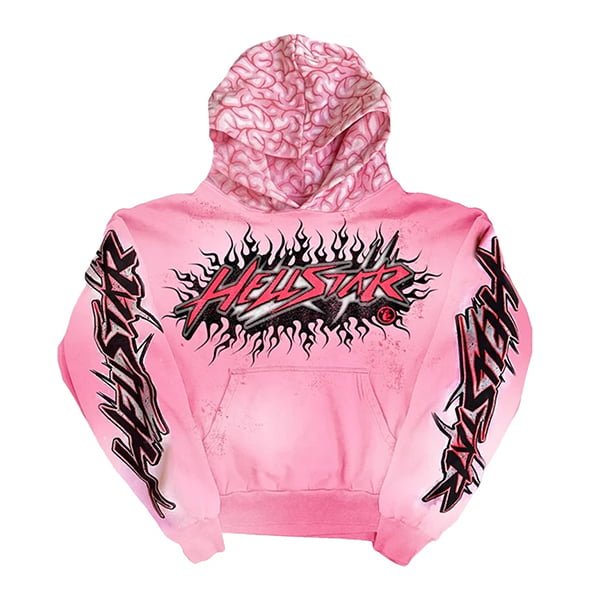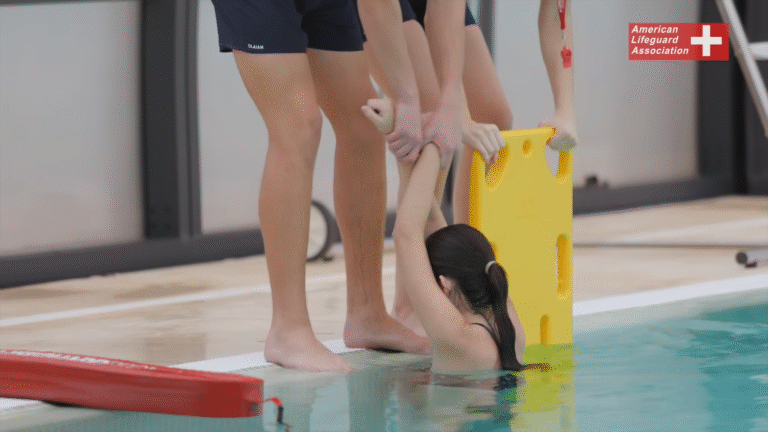
In the ever-evolving world of sneaker fashion, few models stand out as boldly and unapologetically as the Bapesta. Born from the creative vision of Nigo, founder of the Japanese brand A Bathing Ape (BAPE), the Bapesta has become much more than just a sneaker—it’s a cultural artifact. With its loud colorways, star-shaped logo, and a silhouette reminiscent of another iconic shoe, the Bapesta made waves in both Eastern and Western fashion circles from the early 2000s to today.
This article takes you deep into the story of the Bapesta—from its controversial beginnings to its current revival—unpacking why it still captures the hearts (and wallets) of sneaker enthusiasts around the globe.
Origins: The Birth of the Bapesta
The Bapesta debuted in 2002 under the A Bathing Ape umbrella. At a time when American hip-hop culture was becoming increasingly influential in Japan, Nigo sought to create something that fused that urban aesthetic with Japanese design sensibilities. The result? A sneaker that mirrored the classic Nike Air Force 1 silhouette but added bold, cartoonish flair and signature BAPE branding.
The resemblance between the Bapesta and the Air Force 1 wasn’t subtle—it was nearly identical in shape. However, Nigo openly acknowledged the homage, viewing it as a remix rather than a ripoff. In Japanese fashion culture, reinterpretation and customization are widely accepted artistic practices. For BAPE fans, the Bapesta wasn’t a knockoff; it was a rebellion.
The Star that Sparked a Movement
What truly sets the Bapesta apart is its “STA” logo, a lightning bolt-like star that replaces the Nike swoosh. This small but powerful change symbolized a broader cultural shift—a sneaker that looked familiar but carried an entirely different spirit. Most Bapestas were produced in loud, glossy patent leathers with vibrant color blocking, a design ethos that screamed individuality and artistic freedom.
For a generation raised on hip-hop, anime, and digital media, the Bapesta was the perfect visual mashup. It wasn’t just about wearing shoes; it was about making a statement.
Cultural Crossovers: Bapesta and Hip-Hop
One major reason for Bapesta’s global appeal has been its deep connection with hip-hop culture. Artists like Pharrell Williams, Kanye West, Lil Wayne, and Soulja Boy proudly wore Bapestas in music videos, magazine covers, and concerts. Pharrell and Nigo even collaborated to launch the Billionaire Boys Club, further cementing the synergy between music and streetwear.
When Kanye West released his own Bapesta collab in 2007, it marked a turning point in artist-brand partnerships. The “Dropout Bear” Bapesta—featuring his iconic mascot—became a holy grail for collectors. It was one of the earliest moments that showed how influential musicians could be in sneaker design, well before today’s artist-led drops.
Bapesta vs. Air Force 1: Controversy or Creativity?
The similarities between the Bapesta and the Nike Air Force 1 have led to endless debates within the sneaker community. Some critics argue that the Bapesta blatantly copied Nike, while others believe it cleverly flipped the design into a symbol of resistance against Western fashion dominance.
Interestingly, Nike never sued BAPE in the early 2000s, possibly due to the brand’s limited distribution and cult-like following. However, as streetwear grew more mainstream and BAPE gained global attention, the legal gray area became harder to ignore. In 2023, Nike eventually filed a lawsuit against BAPE, reigniting the debate around intellectual property, homage, and creativity in fashion.
This chapter in Bapesta’s history only adds to its mystique and cult status. It’s not just a sneaker; it’s a symbol of how global culture gets reinterpreted through different lenses.
Limited Releases and Collaborations
Like many high-demand sneakers, Bapesta thrives on scarcity. Most releases are limited edition, which fuels hype and resale value. Over the years, BAPE has dropped Bapesta collaborations with brands and artists that elevate the model to collector status. Some standout collabs include:
-
Marvel-themed Bapestas featuring Iron Man and Spider-Man
-
Street Fighter-inspired editions with Capcom
-
Designs co-created with artists like Kid Cudi and J. Cole
Each release becomes an event in itself, often selling out in minutes and creating secondary market explosions. This exclusivity has made Bapesta a staple among sneakerheads who chase rare heat for both flex and investment.
Modern Revival and the Future of Bapesta
In recent years, Bapesta has seen a strong resurgence. As Y2K aesthetics return to mainstream fashion, Gen Z and millennials alike are revisiting the styles they once idolized. BAPE has reissued classic Bapesta colorways and introduced new ones with premium materials, signaling a deeper focus on quality and craftsmanship.
Additionally, the growing popularity of Japanese streetwear around the world has boosted Bapesta’s profile. Fashion houses and luxury retailers now stock BAPE alongside Dior, Off-White, and Balenciaga, signaling its acceptance into the higher tiers of fashion.
Social media platforms like Instagram and TikTok also play a huge role in this revival. Sneaker influencers frequently showcase how they style their Bapestas, blending them with everything from oversized cargos to designer tailoring.
How to Style Bapesta in 2025
One of the best things about Bapesta is its versatility. While its bold appearance may seem intimidating at first, it complements a surprising range of outfits. For a streetwear look, pair Bapestas with baggy jeans, graphic tees, and a varsity jacket. For a cleaner vibe, match them with neutral joggers and a minimal hoodie.
Their loud colorways also make them ideal statement pieces. You can let your Bapestas shine by keeping the rest of your outfit muted, or lean into the chaos and embrace a full Y2K aesthetic with layered prints and neon accessories.
Why Bapesta Still Matters
The Bapesta is more than a sneaker—it’s a conversation piece, a cultural symbol, and a piece of history. Its rise tells the story of how global subcultures intersect, borrow, and build upon each other. It reminds us that fashion doesn’t need to be subtle to be powerful, and that sometimes, the boldest designs have the deepest roots.
In a world increasingly driven by algorithms and trends, the Bapesta represents something organic and unfiltered: creative rebellion. Whether you wear them for nostalgia, clout, or pure aesthetic pleasure, one thing is clear—the Bapesta isn’t going anywhere.
Final Thoughts
If you’re new to the world of sneakers or rediscovering your love for streetwear, the Bapesta is a perfect gateway. It offers history, hype, and heat all in one package. And with more colorways and collaborations on the horizon, it’s a shoe that continues to evolve while staying true to its roots.






